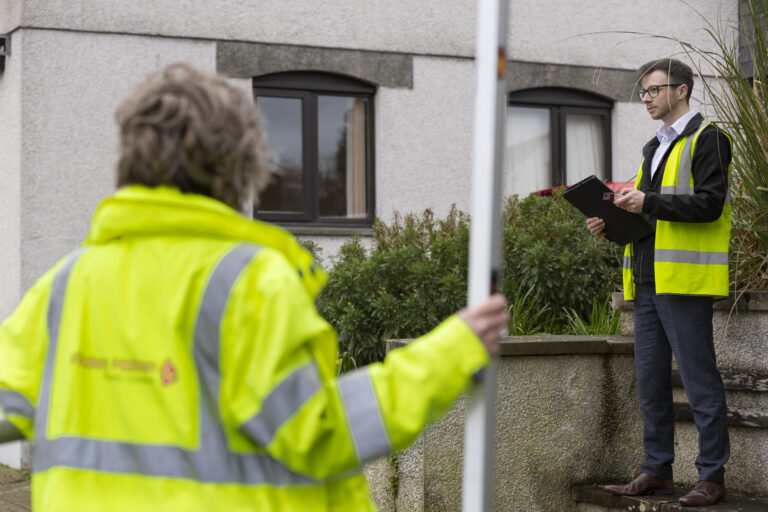When you see the word “dilapidations” you may think about the potentially fractious period at the end of a commercial lease when tenant and landlord negotiate over a settlement for remediation to the recently vacated property. However, this is the last stage in a series of points during a commercial lease at which both landlord and tenant must consider how to comply with their lease covenants and ensure the property is maintained appropriately. In this series, we look at starting a new lease, during the lease, and planning to exit or renew.
During the lease
About maintaining and decorating
Maintenance and decoration obligations are often overlooked during the lease term, as they may not be considered as important as urgent repairs or the running of the tenant’s business. Some leases will specify how often the tenant must redecorate while others may only specify decoration within a period before the end of the lease and a requirement to redecorate “regularly” or “as reasonably necessary”, which is open to interpretation. Similarly, leases generally require the tenant to keep the property clean, tidy, and in good repair and condition. Without a schedule of condition, it may be difficult to determine the expected condition and therefore the work required from the tenant.
Repairs and maintenance are dependent on the construction and use of the property. Lack of maintenance can quickly result in large disrepair issues; not clearing rainwater goods could lead to water ingress from blocked gutters, lack of inspection and repair of roof fixings could result in roof sheet damage/cut edge corrosion.
What happens if you don’t maintain it
If the tenant allows the property to fall into significant disrepair (or where disrepair risks significant property damage), the landlord can serve a repair notice. The repair notice requires work to be done in a set timescale; if the tenant fails to do this work, the lease usually allows the landlord to enter, undertake the work and charge the cost as a debt under the lease (known as a Jervis v. Harris clause, after the landmark court case). Costs can include professional fees such as a surveyor to specify and manage the work.
Need a break?
Some leases may contain a break clause, which may be operated by the landlord and/or tenant, depending on its wording. The break clause allows the party to end the lease before the full term. Often the party operating the break needs to give at least 6 months’ notice. They should get legal advice on the requirements of the notice early enough to allow time to comply with the lease covenants. The party’s solicitor should serve the notice to ensure compliance with the lease. Typically, the tenant must comply with the covenants in the lease for their break notice to be valid; these can include repairing and decoration, up to date payment of rent/insurance/service charge etc., or payment of a fee.
Seek professional advice from Vickery Holman. We have a team of surveyors around the South West and can help you make the most of your lease.




